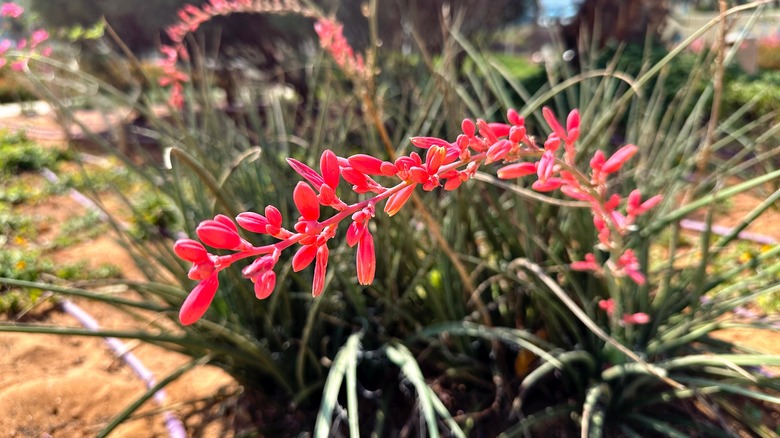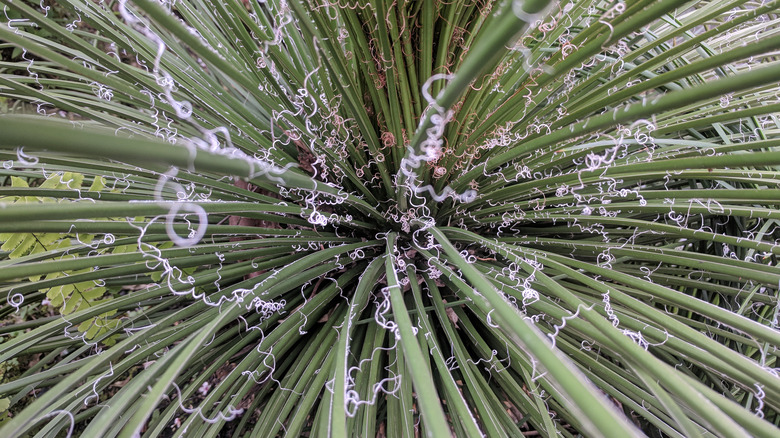How To Successfully Grow Red Yucca Indoors (& Common Mistakes To Avoid)
Are you looking for a stunning low-maintenance plant that you can grow in your home to add some vibrancy and interest to your décor? If so, you might like to consider red yucca (Hesperaloe parviflora). This species is similar to common yucca except that it has narrower leaves without the sharp spines on the ends, and is in the same family of plants as aloe. This makes it an ideal candidate for growing indoors as long as you avoid common mistakes like overwatering, providing your plant with too little light, or overfeeding it. Although this attractive plant is popular in the landscape, and is one native red flower you should be using to attract hummingbirds to your yard, it does handle growing in containers quite well. As it has a medium growth rate, you may only need to repot it every two or three years.
Red yucca has a clumping habit and will produce offsets around the base of the plant. You'll find that when the plant eventually does get too large for its pot, you can repot your succulent like a pro with some easy and helpful tips. Apart from the green strappy leaves that have thin fibrous threads along the edges, this plant also produces stunning tall flower stems that will usually bloom in summer in areas with cold climates. However, in warmer areas that don't experience cold winters, you'll find that the plant may flower all year round as long as it gets plenty of bright light.
Growing your red yucca plant successfully indoors
To get the best from your red yucca plant indoors, choose a pot large enough to accommodate the root ball with a little extra room for the offsets to grow. It's best to use a good succulent potting soil to provide excellent drainage and prevent root rot. You can also use cactus soil for this succulent. The best spot indoors for your red yucca is in front of a south-facing window that lets plenty of light in. The plant needs at least six to eight hours of sunlight daily if you want it to flower. You also want to ensure that you keep your plant out of any drafts and away from air vents. As red yucca originates from Texas, it does prefer warm temperatures in the range of 60 to 80 degrees Fahrenheit.
This desert native needs the soil to dry out completely before being watered, so always check the soil moisture before giving your plant any more water. This means that you may only need to water it once every two or three weeks in summer and only once a month or so in winter. Red yucca also doesn't need a lot of extra nutrients so you just want to give it a small dose of slow release fertilizer in spring. Over-fertilizing your plant is another mistake to avoid, as this may damage the plant and reduce flowering. As an extra tip, if you remove the spent flowers it might just encourage your red yucca to produce more blooms.

